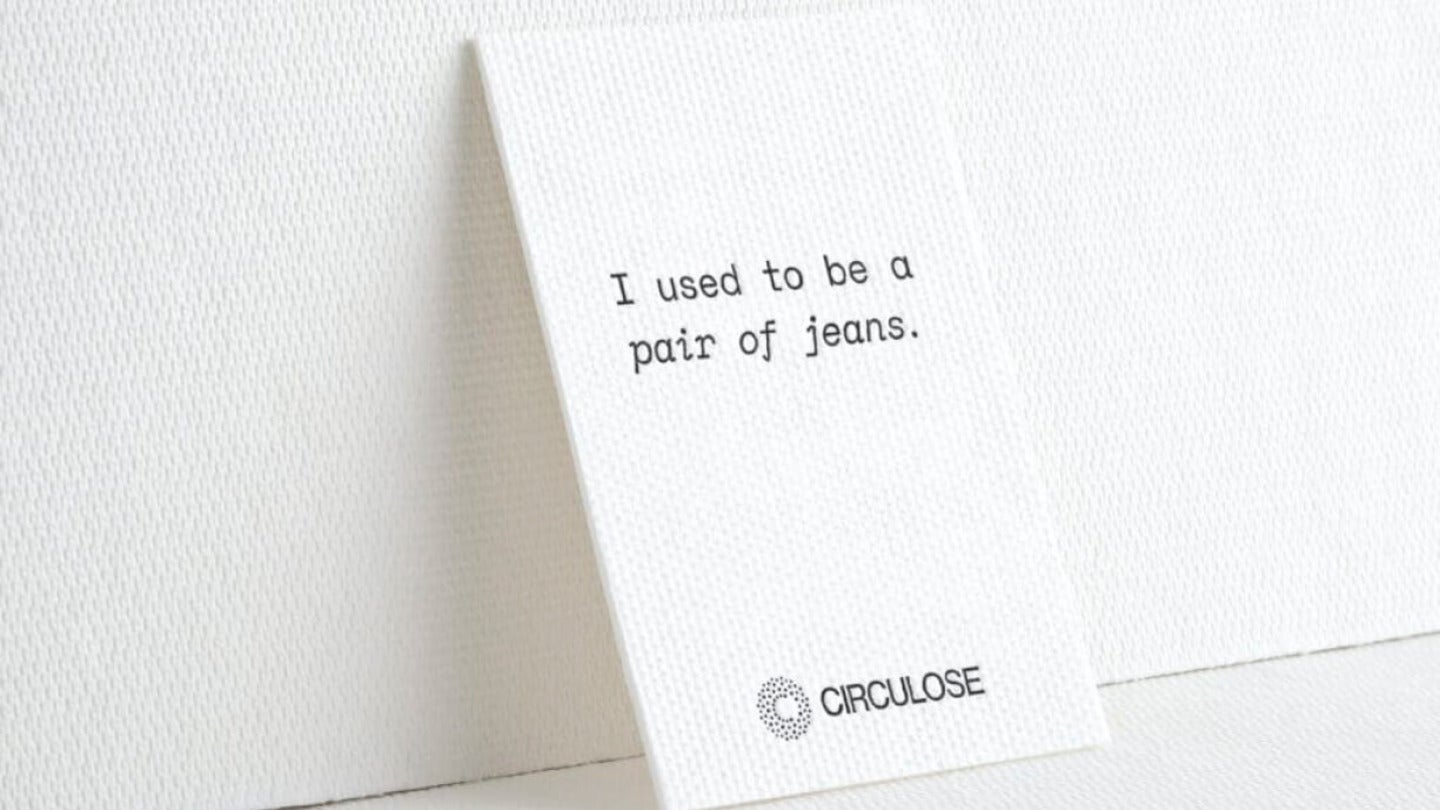
Renewcell, a Swedish textile-to-textile recycling company, published its interim Q3 financial results on Tuesday (7 November), revealing a slower-than-expected demand for recycled textiles among fashion brands.
The company, which produces a trademarked dissolving pulp made from 100% textile waste called Circulose, generated a net loss of SEK94.5m ($8.68m) between July and September 2023 – somewhat far from its hope of reaching break-even on a cash flow basis by the end of the year.
Over the past year, the company has been ramping up production significantly, from 3,388 tonnes in Q1 to 7,554 tonnes in Q3.
Magnus Håkansson, Renewcell’s acting CEO, said that, while the company has the capacity to produce sufficient volumes (4000 tonnes per month) to break even, “the demand in terms of hard orders from the brands is coming along with less urgency than we had expected”.
Brands have been buying smaller volumes of fibre from the company’s pilot production plant in Kristinehamn, resulting in 250 successful launches of capsule collections with brands such as H&M, Inditex and Levi Strauss.
After setting an aim to have 40% fibres in 2030 from circular sources, Zara-owner Inditex recently placed an initial order of 2,000 tonnes of fibre from one of Renewcell’s fibre-producing customers, and have plans to further integrate this fully-recycled pulp into their fabrics via their network of suppliers.
Renewcell’s interim Q3 report also mentions an off-take agreement with H&M which Håkansson characterises as “a solid sign of commitment”, alongside another order of 1,000 tonnes of pulp from one of the other leading fibre producers.
However, the company wants to see a transition from development projects to orders for main collections on a larger scale, leading to commercial-scale production at its Ortviken plant.
“The real demand has to come from the big brands and for the big brands to take leadership in buying sufficient volumes for this to become sustainable,” Håkansson said in the company’s Q3 results livestream.
On a defiant note of optimism, the interim report said that “[t]here is no doubt the world is transitioning towards green circular product flows and Renewcell is uniquely positioned to contribute to this transition”.
Why is there weak demand for Renewcell's Circulose among fashion brands?
In the Q3 results livestream, Håkansson spoke of the textile industry’s complex supply chains with its various, often backward-looking, actors.
He said that “the real demand has to come from the big brands”, but Renewcell can work to have “deep discussions about value proposition [and] about product quality”, expanding the conversation beyond the “sustainability officers at the top of brands’ hierarchies” to every part of the value chain. He spoke of educating sales people and purchasing organisations so that they fully understand the product when speaking to yarn spinners and manufacturing companies.
Speaking of the barriers facing brands themselves, he said: “When you try to do something in a different way than what has been done before and change a process that involves so many people and so many parts of their organisations, it takes a lot for them to also change processes, to change behaviour, and to change decision-making parameters.”
Håkansson also conceded that a price premium comes attached to Renewcell’s product given the small volumes being produced – a factor that may be discouraging suppliers from purchasing and marketing materials that retail at a higher price point.
“We are charging a small premium for the low quantities that we are producing in this ramp-up phase, and it’s also a cost game out there so that is not benefitting our case,” he told analysts. “There has to be a stance taken for circularity for these to outweigh the cost differential that we are charging for these small volumes.”
However, he dismissed an analyst’s suggestion that price discounts might help the products move through the value chain quicker, saying that it would be “financially unsustainable”. Only with scale could the premium for Circulose come down, while fibres from the feedstock are already cost-competitive with other sustainable fibres such organic cotton and man-made cellulosic fibres (e.g. lyocell and modal), according to the company's Capital Markets Day Presentation.
For now, as evidenced in its interim report, Renewcell appears to have sufficient liquidity to cover two more quarters before it will need to consider ways to raise finance to avoid collapse.
Our signals coverage is powered by GlobalData’s Thematic Engine, which tags millions of data items across six alternative datasets — patents, jobs, deals, company filings, social media mentions and news — to themes, sectors and companies. These signals enhance our predictive capabilities, helping us to identify the most disruptive threats across each of the sectors we cover and the companies best placed to succeed.


